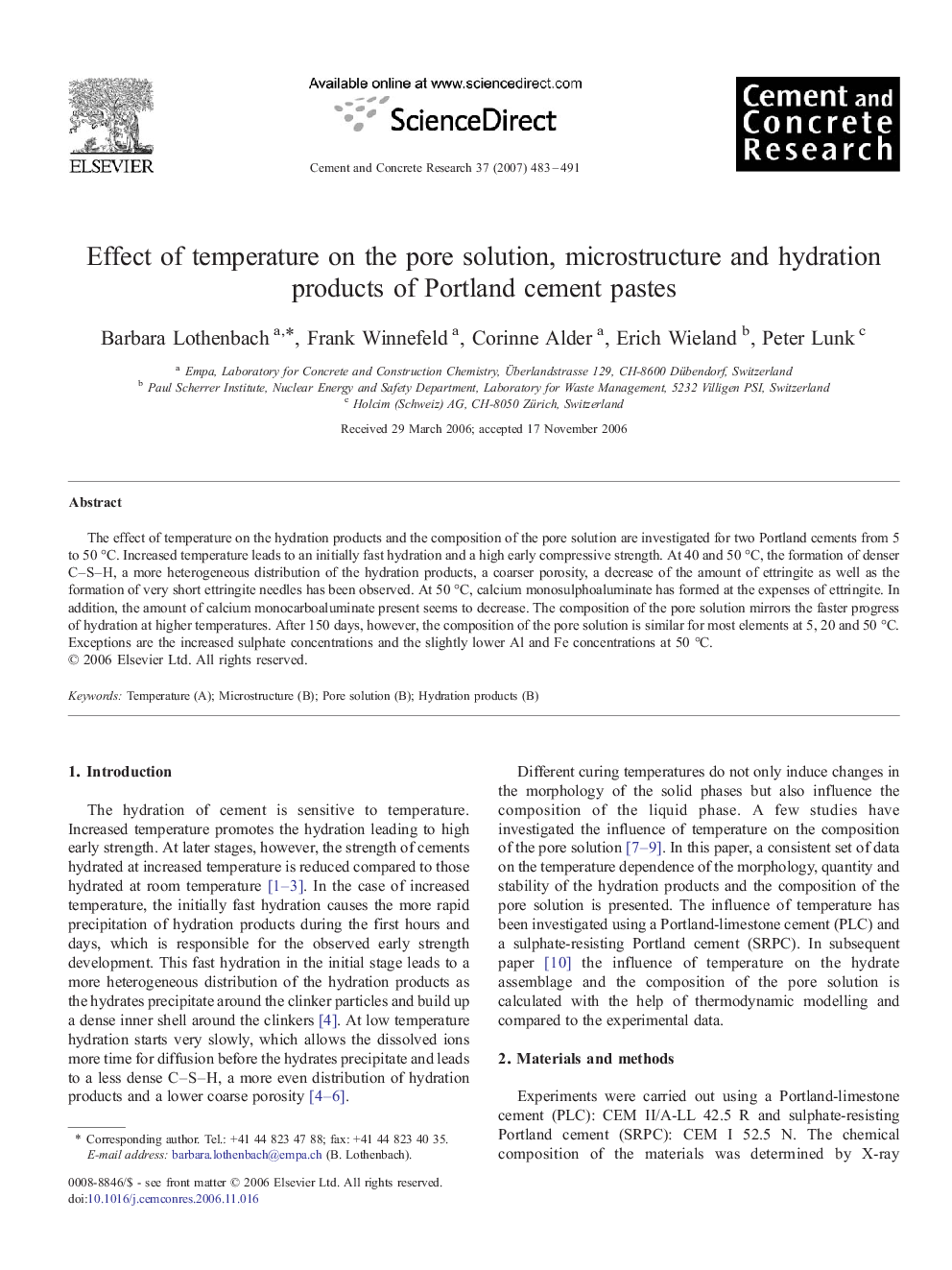| Article ID | Journal | Published Year | Pages | File Type |
|---|---|---|---|---|
| 5454615 | Materials Characterization | 2017 | 9 Pages |
Abstract
In order to avoid the unstable flow stress during the hot working of a newly designed ultrahigh strength stainless steel (UHSSS), we have constructed processing maps from the measured flow curves during hot compression over the wide ranges of temperature and strain rate using different instability/stability criteria. First, we developed power dissipation maps, in which we found some dynamic recrystallization (DRX) dominant regions characterized by low η values, leading to an exaggeration of the unstable flow region. Next, four types of processing maps were constructed according to the Murty and Rao (M-R), Kumar and Prasad (K-P) instability criteria, Gegel, Alexander and Malas (A-M) stability criteria respectively. After a critical evaluation on the difference in these criteria, we have proved that the Gegel and A-M instability criteria are mathematically equivalent and thus predict the same unstable region. The K-P and M-R criteria are equivalent only when the flow stress follows the exponential dependence of strain rate, i.e.Ï=KεÌm; The K-P instability and the A-M stabile criteria are same when âm2+m3<âm/âlnεÌ<0 or they are just opposite when it is out of this range. Finally, we have concluded that the M-R criterion is capable of making prediction closest to the measured unstable region, which covers the deformation temperature range of 950-1080 °C and the strain rate range of 0.1-10 sâ 1. The K-P criterion may overestimate the unstable flow region for the studied steel because the complicated interaction of dynamic precipitation and DRX that occurs during hot compression leads to a significant deviation of flow stress from the assumed exponential dependence on strain rate.
Related Topics
Physical Sciences and Engineering
Materials Science
Materials Science (General)
Authors
Xiaohui Wang, Zhenbao Liu, Haiwen Luo,
